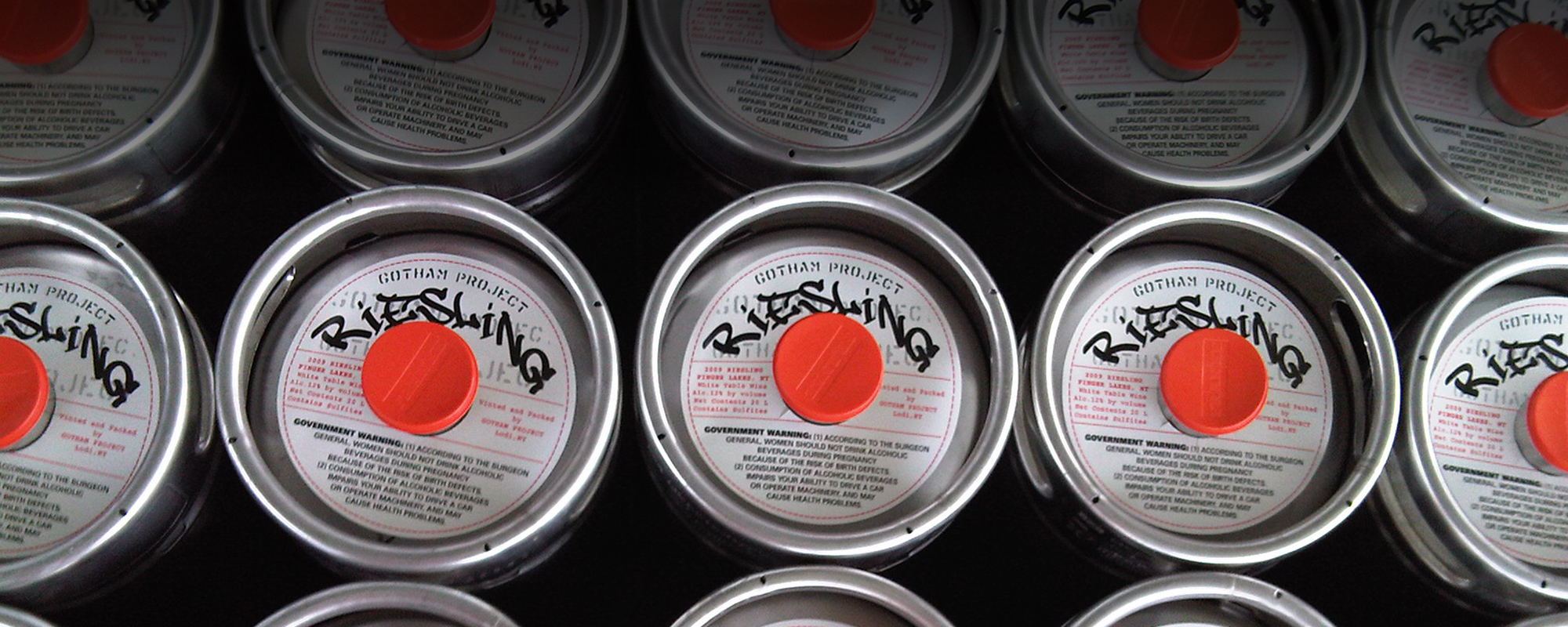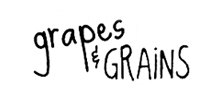
THE DETAILS
DISPENSING OPTIONS & REQUIREMENTS:
Wines are dispensed using standard draught systems, however with a higher grade of fittings than are commonly used for beer. The wine is pushed using a gas blend of nitrogen and co2. See our gas recommendations and other details below
A. If you have a traditional beer keg system:
We suggest that you push the wine with a nitrogen-CO2 blend (minimum 75% nitrogen) at the lowest possible pressure (normally between 8 – 10 PSI). The lines should be cleaned at least every 3 months.
CHECKLIST
Valpar Barriermesiter Flavourlock tubing (use shortest lines possible)
304 stainless steel faucets
304 stainless steel shanks
304 stainless steel couplers
nitrogen gas regulator
B. Stand-alone keg cooler:
Micro Matic and Perlick have many options available. single door units can be set up for up to four taps. They also carry Valpar tubing and other equipment for your tap system
www.micromatic.com or www.perlick.com
*GAS RECOMMENDATIONS
White/rose: Nitrogen-CO2 BLEND (min. 75% nitrogen) aka “beer blend” or “guiness mix”.
RED WINE: pure nitrogen or nitrogen-co2 blend.
Sparkling wine: only 100%CO2.
SYSTEM INSTALLATIONS AND NUMBERS:
INSTALLATION
There are a number of companies who can do this work, and you may already be working with an installer you like. If so, please make sure they are familiar with the special requirements for wine detailed above. If not, please contact us for a recommendation.
THE NUMBERS CRUNCHED
• KEG VOLUME: 19.5 L (AKA 1/6 BARREL)
• KEG DIMENSIONS: 9.3” wide x 23.3” high
• FITTINGS: AMERICAN SANKEY
• 1 KEG (19.5L) = 26 BOTTLES (750 ML) = 644 OZ = 107 SIX OUNCE POURS
*$200 per keg = $7.69 PER 75O ML = $.31/OUNCE = $1.86/6 OZ. GLASS
*This is the approximate average price for one keg of our wines and is used as an example. for actual pricing please consult your distributor sales representative. this price is net of the cost for the deposit on the keg. prices often include the cost of the keg deposit ($30 in most states) which gets refunded so please make sure you know the net price which is your actual product cost.




















